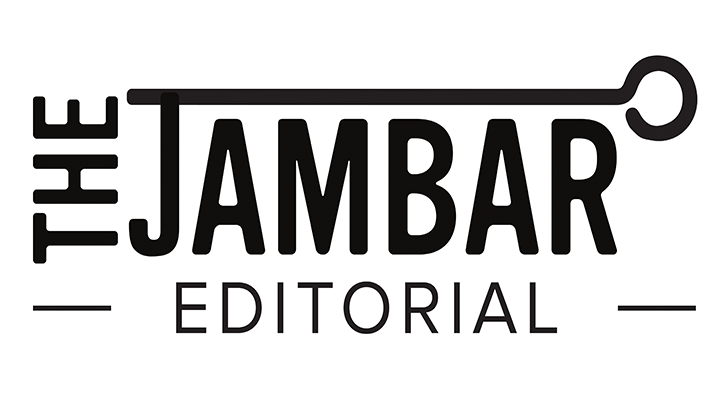A campaign promise and a follow-through few of us expected, to be frank; student loan forgiveness has been plastered in the news recently and as such, questions and concerns are being raised across the nation.
What are student loans and what is student loan forgiveness exactly? Student loans, in short, are funds taken out by students from the federal government when seeking higher education. To many students coping with debt it is a fresh start but to others it is being deemed unfair to those who have worked decades to pay off their own educational loans. Regardless, student loan forgiveness is the erasure of debt owed to the federal government, either with or without interest that has been accrued over a period of time.
According to The Washington Post, up to 43 million borrowers are eligible for forgiveness on their loans. However, despite such a large number of Americans being eligible for relief, there are criticisms from a variety of angles.
For those making under $125,000 a year and filing independently, students could qualify for up to $10,000 of relief. Those under the same conditions but those who receive Pell Grants are eligible for up to $20,000 of forgiveness.
But, relatively speaking, is this enough for those tackling student loan debt? With minimum wage hardly reflecting the cost of living in much of the nation, many seek higher education as a means to survive. The idea of needing a college degree has fed into a broken system of belief they will make more, and hence, be more likely to afford a higher standard of living.
The addition of student loan debt however, makes this a broken system, forcing a false narrative of a living wage. A minimum wage is the lowest amount of income an individual can make reflected off of state laws. Minimum wage is essentially an employer saying, “if I could pay you less, I would.”
A living wage is the lowest amount of income a person can make without being considered in poverty. Commonly, we associate individuals who make minimum wage as without a college degree, and those making a living wage as individuals with a degree.
Are they really any different however, when a person who makes minimum wage does not owe $20,000 back to the government and is struggling to pay bills, compared to an individual who makes above minimum wage and now owes thousands of dollars back to the government while still struggling to pay bills?
In another Washington Post article, one in five Americans have loan debt, but 53% of borrowers owe less than $20,000. Even after loan forgiveness, 47% of these borrowers are still going to have debt, and truthfully, this is under the assumption that the entirety of the 53% aforementioned is making less than $125,000 a year.
According to a living wage calculator, the living wage in Ohio is $15.61. Under the assumption you work full time, your annual income before taxes is approximately $32,460. This doesn’t include any other costs of living. Food, housing, medical bills or even insurance. Hypothetically, to even make a living wage, you have to go to college, take loans to afford college in many cases, only to wind up $20,000 in debt and only make $32,460 roughly a year. Assuming of course, you are amongst 53% of America. Oh, don’t forget to pay your taxes – your income was actually $27,034 a year.
We as students deserve more. 47% of us are still going to have debt despite loan forgiveness. We are America’s next doctors, lawyers, engineers, teachers, musicians, receptionists, counselors and journalists. Most of us aren’t going to make hundreds of thousands of dollars.
In case you think loan forgiveness is a problem or new to the nation, I highly encourage you all to research the auto industry bailout from 2008, airline bailouts from 2020, the Paycheck Protection Program loan forgiveness that started in 2020 or the Mortgage Debt Forgiveness and Mortgage Debt Relief Act which goes back to 2007.
